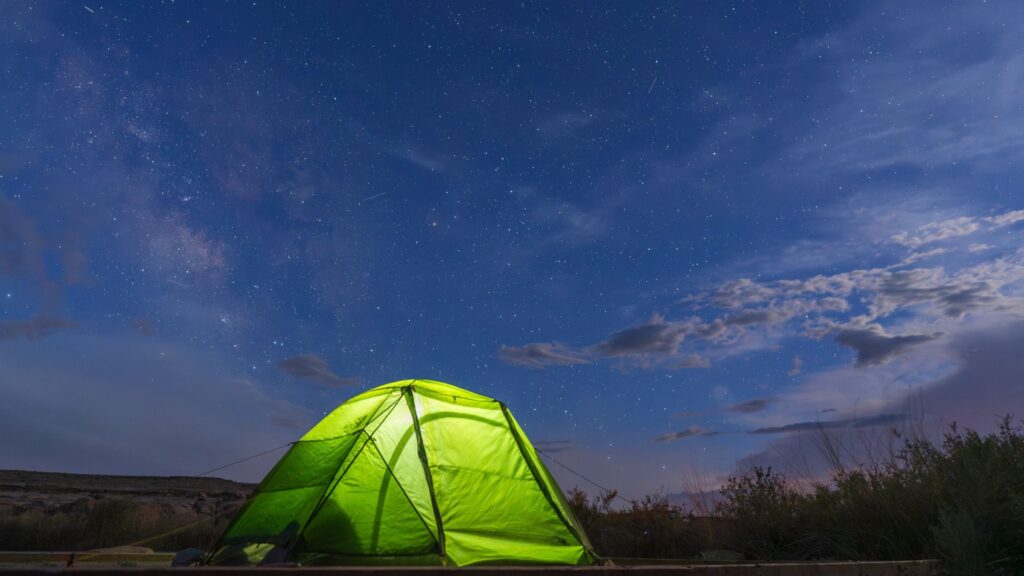A professional astrophotographer shares her must-have gear for clear skies and starry nights
(Photo: Stephanie Vermillion)
Updated October 6, 2025 11:14AM
My weather app is full of it, I grumbled to myself as minutes turned to anxiety-inducing hours beneath thick clouds—not the clear skies my phone had promised.
I’m not new to meteorological mind games. As an astrophotographer and night-sky enthusiast, I’ve endured my fair share of inaccurate weather forecasts. But this one-night-only trip to Pennsylvania’s Cherry Springs State Park—one of the darkest spots in the eastern U.S.—was testing my patience.
Luckily, my clear-skies gamble paid off around midnight, when bright Vega began to sparkle overhead. More stars followed, then came the Milky Way. After four hours of killing time, I saw for myself why East Coast astrotourists rave about this dark-sky oasis.
And it’s just one of dozens upon dozens of stargazing trips I’ve plotted for night-sky photography in recent years. I’ve chased aurora up and down Greenland’s west coast, snapped the stars in Chile’s Atacama Desert, and slept beneath the cosmos on a salt pan in Botswana. In this article, I’m sharing 12 staples in my stargazing gear kit. All are portable, functional, and beginner-friendly—because watching the stars doesn’t require expensive equipment or intimidating gear. It’s all about stepping outside to look up. Here’s how.
An Astrophotographer’s Stargazing Must-Haves:
Stargazing Must-Have Gear
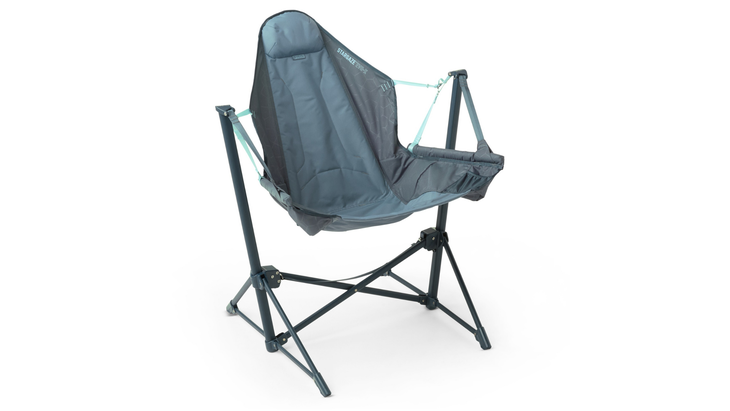
NEMO Stargaze Evo-X Folding Reclining Camp Chair
Sky-watching requires a lot of upward gazing, and that posture can wreak havoc on your neck and shoulders—something I’ve learned the hard way. To watch the heavens without a side of neck strain, I recommend a reclining camp chair like the NEMO Stargaze seat. A folding frame makes it quick to pack, and the cozy, hammock-like seat lets you peer toward space comfortably. I’m still a blanket-first stargazer, but this is a great backup option, especially in places with bugs galore.
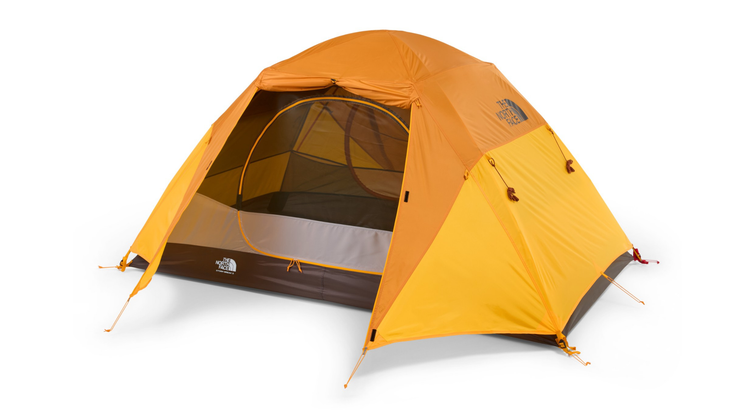
The North Face Stormbreak 2 Tent
My Stormbreak tent and I have enjoyed quite a few glorious stargazing adventures together, from the time I caught the northern lights outside a tent flap in Isle Royale to the night the Stormbreak and I stargazed beneath Chaco Canyon’s glittery skies. The tent is not specifically designed for stargazers, but many of its features make space-watching incredibly easy. For example,its large, easy-access double doors allow me to peek out of the tent, in case bright stars or the aurora start to show. The large entryways make it easy to hop in and out without waking up my travel partner. And, when I’m traveling solo, I’m ever-grateful for the quick setup, which takes no more than 10 minutes.
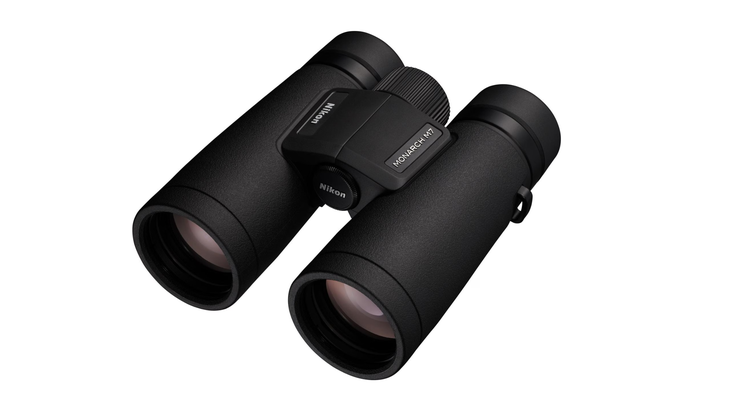
Nikon Monarch M7 8×42 Binoculars
Telescopes help you zoom in on space, but you need a powerful (and often clunky) one to really see details like Saturn’s rings. That’s why I rely on my go-to wildlife binoculars instead. With the Nikon Monarch M7 8×42 binoculars, you can get close enough to see details on the moon’s surface, as well as stars I can’t see with the naked eye. They’re easy to use, and take up a fraction of the space of a telescope. And bonus: You can zoom in on any wildlife or interesting landscape features while you’re traveling, too.
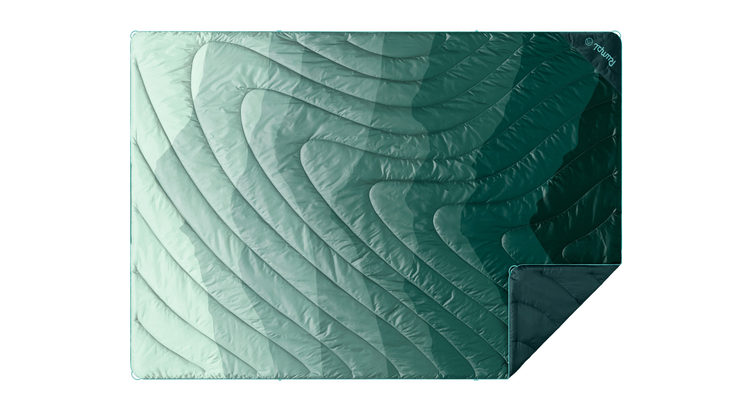
Rumpl Water-Resistant Blanket
One thing I didn’t plan for during my Cherry Springs State Park all-nighter: heavy dew. It coated my clothes, camping chair, and tripod. But my go-to Rumpl blanket—which I typically lie down on while looking up—stayed impressively dry. The parts that did get wet dried quickly in the car the next day. Rumpl blankets are made with a water-repelling finish. They’re also cozy, almost like a sleeping bag, which makes them comfortable to lie down on and easy to stuff down and pack.
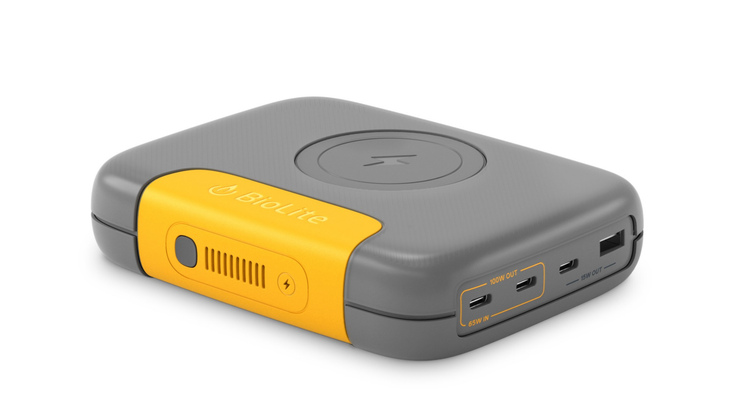
BioLite Charge 100 Max
From tracking potential aurora sightings to photographing the lights, I put my phone through the wringer during stargazing trips. My phone battery suffers the consequences. That’s why I always pack a heavy-duty, reliable portable charger. I’ve accumulated many so-so portable chargers over the years, but this BioLite Charge 100 Max puts them all to shame. It charges up to five devices quickly, including phones, laptops, camera batteries, and tablets. On a recent aurora photography adventure above the Arctic Circle, this portable battery lasted me over three days.
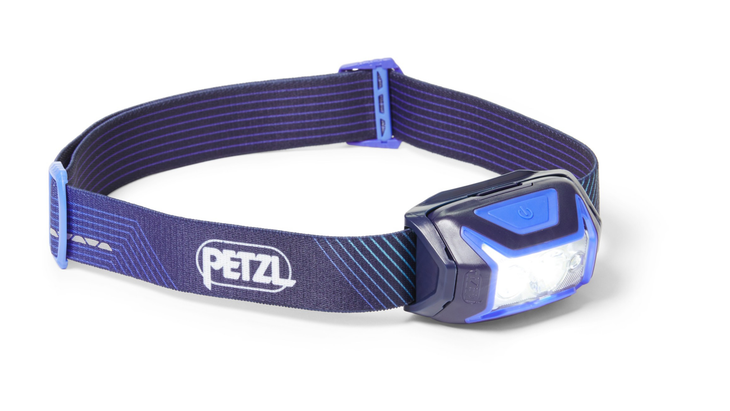
Petzl ACTIK CORE 450 Headlamp
To see the night sky at its best, our eyes need around 30 minutes to adjust to the dark. Exposure to bright white light, such as a flashlight beam, can take your night vision back to square one, whereas a red light will help you preserve that sky view while staying safe. Many headlamps let you swap between the two light hues, but the Petzl ACTIK CORE 450 headlamp is one of the best. It offers three white-light levels as well as red light and a strobe light for emergencies—all important features when you’re experiencing the world at night.
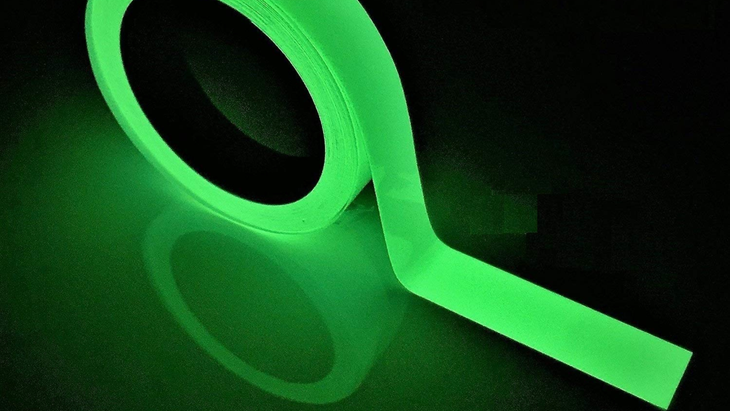
Glow-in-the-Dark Tape
I get giddy, euphoric even, when the stars or aurora swirls adorn the sky. I lose myself in the night sky—then end up losing track of my gear. That’s why I now stick glow-in-the-dark tape to everything important: my tripod, my wallet, my car keys, and my backpack. It’s saved me more times than I can count, and even better: it’s quite inexpensive at around $7 per roll. Just make sure to let the tape charge up in the sunlight before heading out at night. Without sun, the glow can be quite faint.
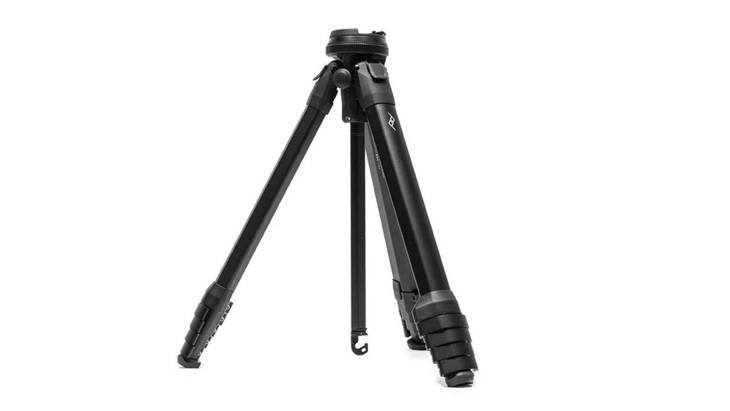
Peak Design Travel Tripod
Not everyone who watches the stars wants to photograph them, but if you do, I cannot recommend the Peak Design Travel Tripod enough. I swear by it for its size and weight; it packs down to the size of my forearm and only weighs around three pounds. The portability is essential, since my travels take me on tiny bush planes with strict luggage rules. And, it’s the kind of tripod that can grow with you if you’re starting out on a smartphone but think you may want to upgrade to a mirrorless or DSLR camera. The stand comes with an attachment to secure your smartphone for steady night photos. That means you can start where you are on a smartphone, then elevate your craft with a mirrorless or DSLR camera later on.
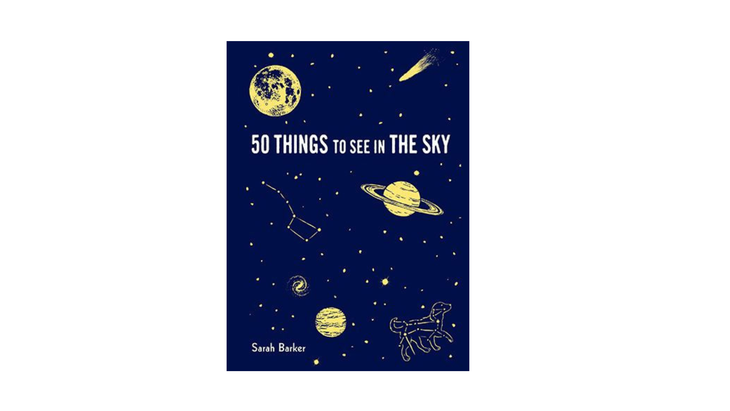
50 Things to See in the Sky Book
When I stumbled upon Sarah Barker’s 50 Things to See in the Sky book in a park gift store this summer, I knew I had to have it. In a fun, relatable tone, Barker shares a host of interesting wonders to watch for in the heavens, including the moon’s surface features and key constellations. The book does include several telescope-required sights, but most are visible to the naked eye. I like to browse it via red-light headlamp while I’m passing time between sunset and twilight (or waiting out the clouds); it’s a great way to jog my interstellar memory before the stars emerge.
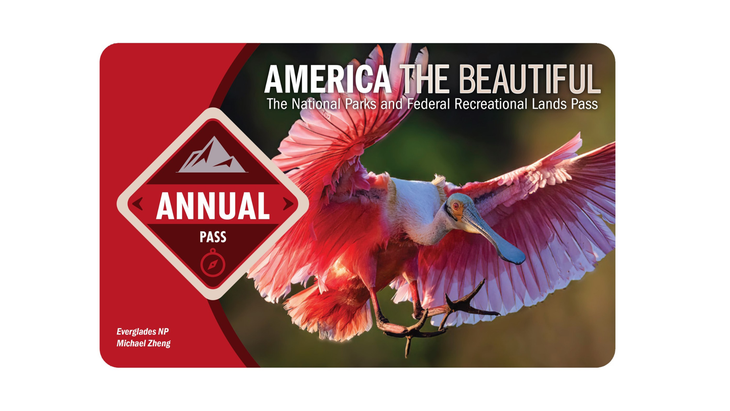
America the Beautiful Pass
In 2025 alone, I’ve visited half a dozen national parks and historic sites for stargazing. The $80 America the Beautiful pass, which covers entry fees at all national parks and thousands of recreation areas, has more than paid for itself. It’s an annual pass that starts from the month you’ve purchased it—not the calendar year—and up to 100 percent of the pass proceeds go toward supporting America’s public lands.
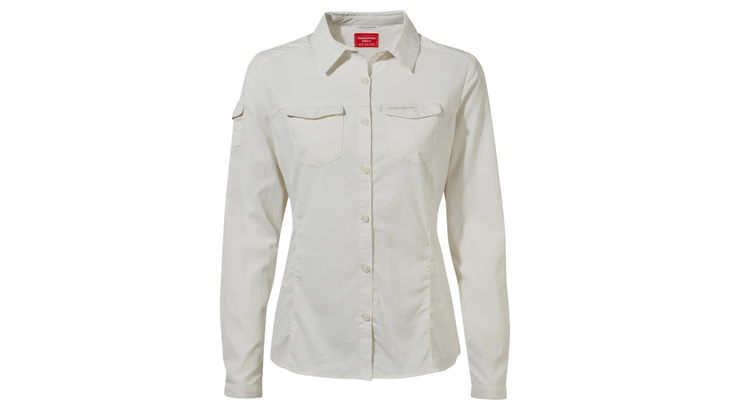
Insect-Shield Craghoppers Clothing
Watching day turn to dusk then twilight is one of my favorite parts of travel. It’s also when insects like mosquitoes kick into full gear—ask me how I know. I experimented with outdoor brand Craghoppers’ insect-shield clothing on a trip to the wetlands of Brazil. I got annihilated by mosquitoes on the one night I wore regular clothing, but I dodged the bugs on night number two when I wore my Craghoppers gear (although I’m sure the heavier bug spray played a role, too). The company offers a whole line of insect-repelling gear, but I’m especially a fan of this long-sleeved shirt. It comes with sun protection and moisture control, which come in handy for daytime adventures as well.
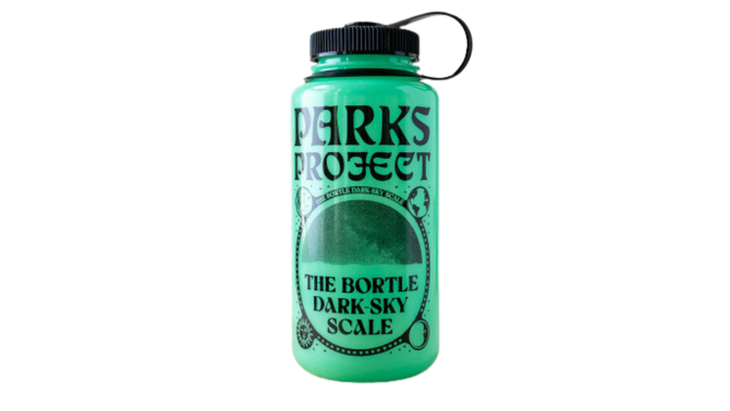
Dark Sky Glow-in the-Dark Water Bottle
When the Parks Project brand unveiled a Dark Sky Collection, I stocked up on everything from hats to tees. The one item I didn’t expect to adore so much was this glow-in-the-dark water bottle. It’s dedicated to stargazing and night-sky education, with information on the Bortle scale (which measures light pollution), as well as stargazing sights like zodiacal light and air glow. It also has a list of dark-sky places to add to your bucket list. I had no idea I could learn about the night sky from a water bottle, but this hydration tool doubles as an astronomy teacher—and, did I mention it glows in the dark?


